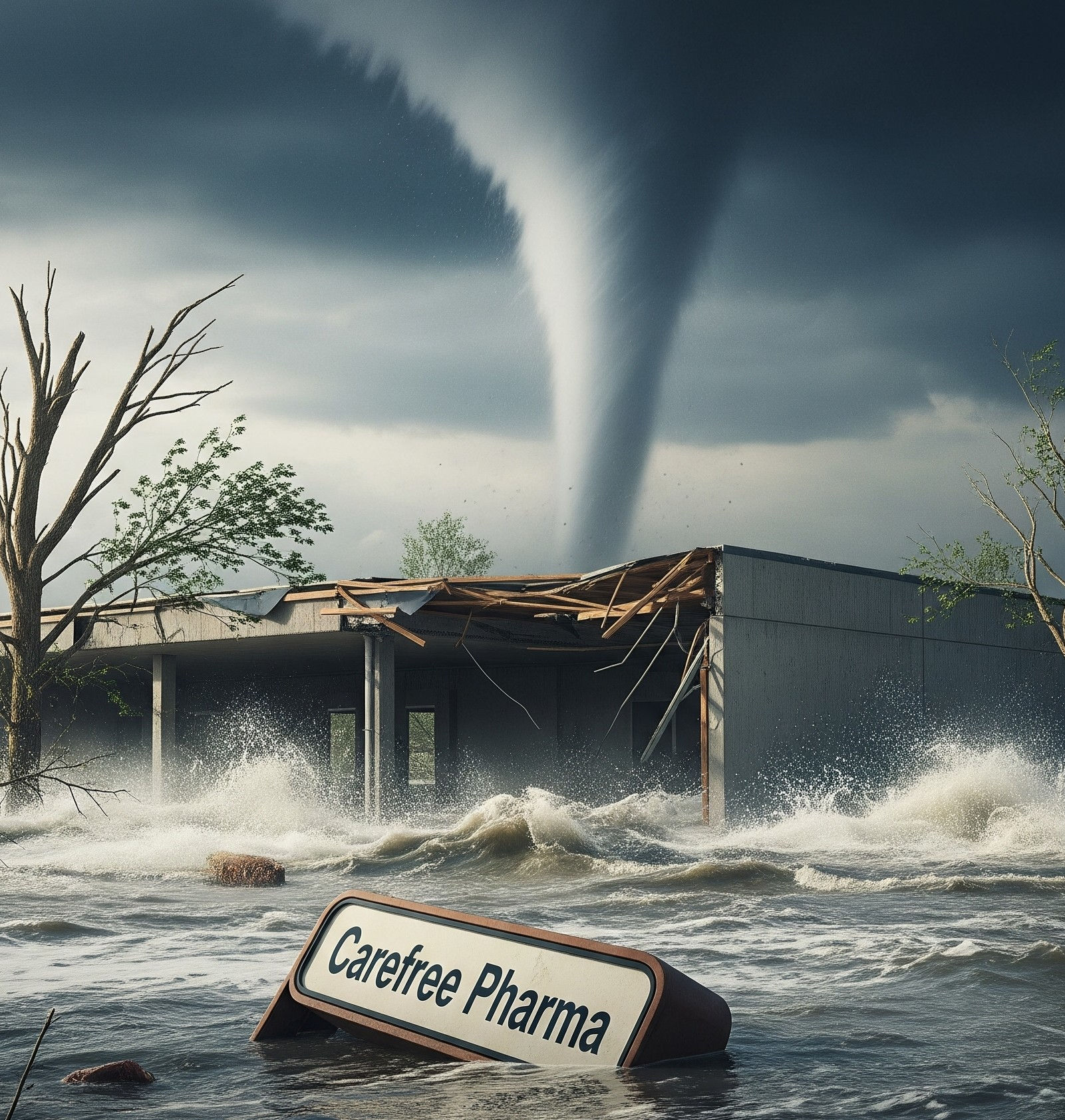Hopefully, disaster planning shows up somewhere in your stability program’s checklist. You may have even given some thought to things like power outages, but have you conducted a risk assessment for all the things that could potentially wipe out the marketing of a product through the loss of stability studies? Could you calculate the cost of such a loss? How long would it take and what kind of a budget would you require to get back on track? Better yet, what would it take to dodge the disaster altogether? Given 60 seconds, many stabilitarians can come up with at least 8 ways your stability program can be wiped out, but it can take them 60 minutes to describe practical mitigation possibilities and maybe 60 months to get them all implemented. With Hurricane Ian not far in our rearview mirror, read on and consider what it would take to batten down the hatches on your stability program.
In the span of 24 hours, beginning on September 28th, 2022, Hurricane Ian wreaked havoc on Florida and parts of the Carolinas to the tune of 40 billion dollars and over a hundred lives lost. Many areas were inundated by either seawater, rainfall, or both, while extreme winds removed structures and scoured foundations. When our industry thinks “disaster planning,” this type of event often first springs to mind. However, there are numerous other events that could just as effectively, ruin the day of a stability stakeholder. Some occur much faster, such as earthquakes or fires, while others can lurk undetected for months, such as insidious molds.
Here’s a partial list of events you may want to consider:
- Sustained Power Outage
- Fire Damage
- Sprinkler Activation Damage
- Earthquake
- Hurricane
- Tornado
- Regional/Local/Structural Flooding
- Mechanical/Plumbing/Refrigeration/Electrical Failure of Chambers and/or Monitoring
- Mold/Microbiological Contamination / Paper Lice
- Chemical Spill/Hazardous Product exposure
- Diminished Staff due to Pandemic
Surprisingly, a significant number of organizations put elaborate disaster plans in place and then within a few years, dismantle them. Why the reversal? Not surprisingly, duplication of equipment, support systems and test samples are an enormous expense. It’s money that seems well spent on the heels of a disaster or a close call, but after a few years of tranquil normality, a first class disaster plan slides toward the chopping block when corporate finance needs to find some low hanging fruit to put in the juicer.
There are several creative approaches that may balance budget concerns with the vagaries of fate. One might try to purchase a chamber or two per year, not as unused backups, but for anticipated growth that requires validation well in advance of inauguration. It’s also possible to rent and install fully validated chambers on short notice to minimize down time.
Develop a working relationship with a good contract research organization, keeping at least a modest project or two on their burners, so they can quickly escalate to meet an emerging need.
The most economical avenues are prevention; plans and procedures to move samples out of harm’s way, retention samples stored in a second location, regularly scheduled chamber cleanings, environmental monitoring, preventive maintenance, and training personnel for quick action in any circumstances.
Whatever becomes your plan of action, frame it against the cost of a delayed product registration, lost revenue, or market share. The biggest disaster would be the lack of a plan.
Share This Article with the Stability Community!
June 10, 2025
Disasters occur whether we plan for them or not, but planning ahead to mitigate their impact and recover from their damage can make a big [...]
June 2, 2025
So, you’ve gone through the process of formulating user requirements, chamber selection and purchase. With the equipment in place; how do we go from this [...]
April 26, 2025
It’s Stability Information Month and time to go a little further than regulations and processes and talk about people, namely the ones who comprise the [...]
Share your questions and experiences
A stabilitarian encounters new situations every day. StabilityHub’s discussion forums give Stabilitarians an opportunity to ask questions and offer solutions to specific scenarios. Join in the conversations with other Stabilitiarians and share your knowledge!
A stabilitarian encounters new situations every day. StabilityHub’s discussion forums give Stabilitarians an opportunity to ask questions and offer solutions to specific scenarios. Join in the conversations with other Stabilitiarians and share your knowledge!





